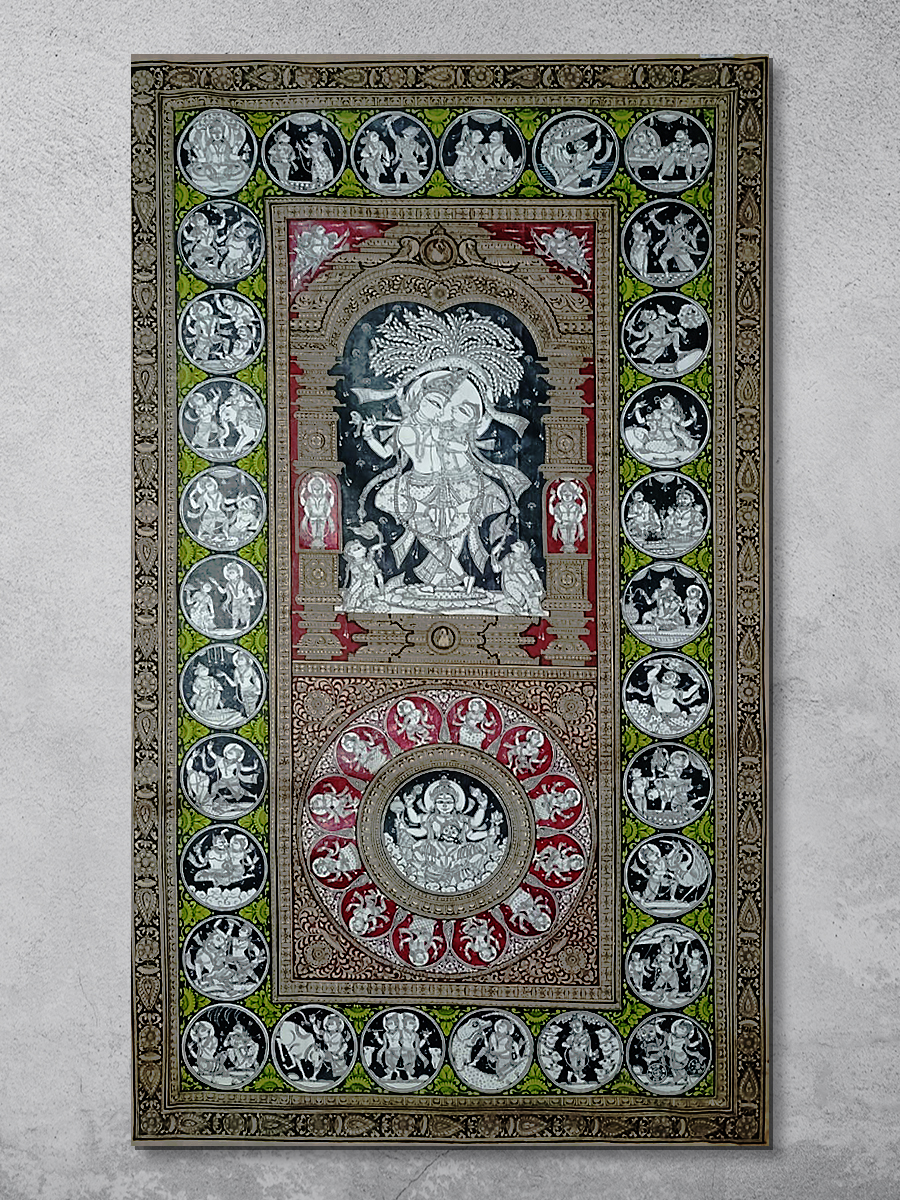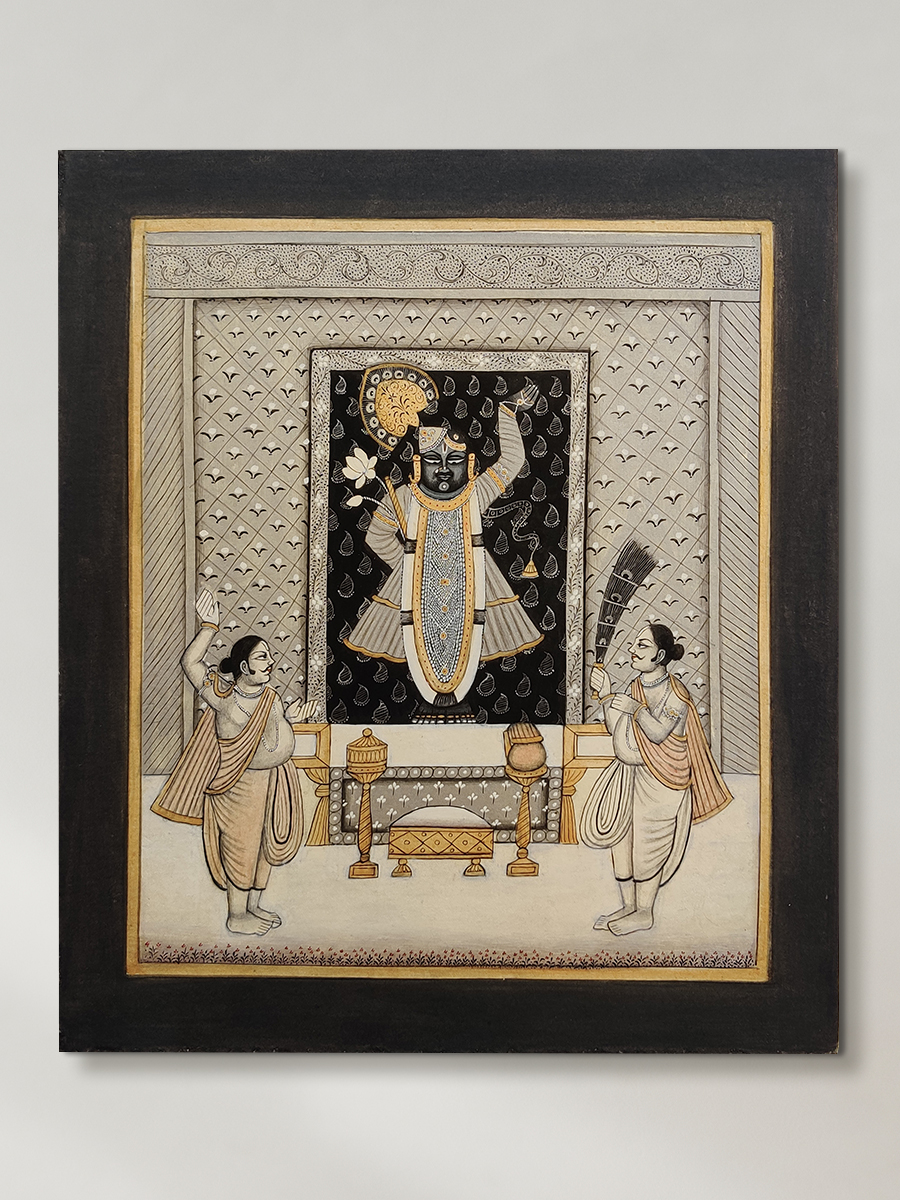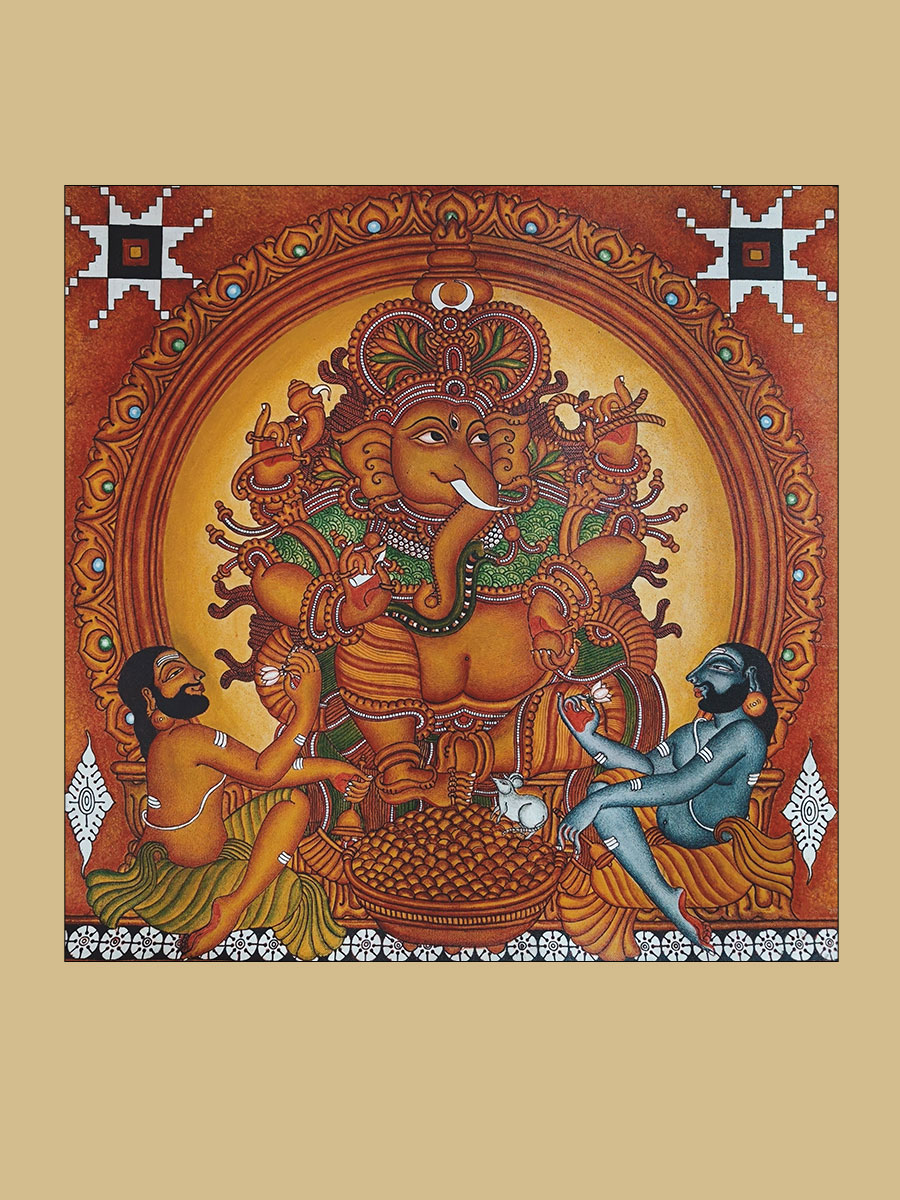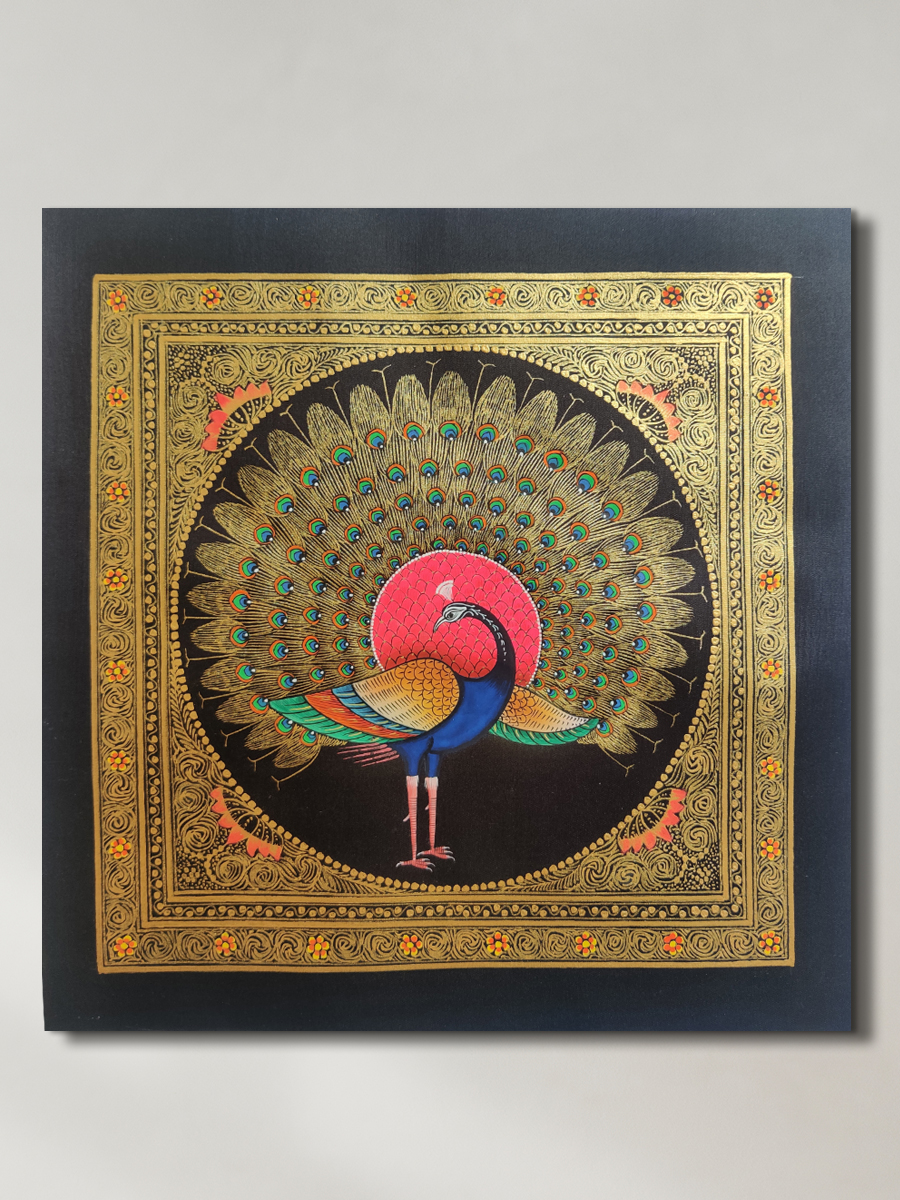The Rich Heritage of Indian Folk Paintings

A journey across India, either from north to south or east to west, will let you experience cultures, attire, food, languages and arts as diverse as the geographies and the people that you meet. But these differences do not appear abruptly. Instead, it feels as if each unique culture blends into the next forming a paradoxically single but not homogeneous, giant, beautiful mosaic. India thus, is a treasure trove of fine, heritage arts where every artistic stroke narrates a story possibly as ancient as the land itself. In this vibrant tapestry of heritage, folk paintings stand as vivid chapters that illuminate the nation's history and soul.
These folk paintings have been etched onto different kinds of media over the centuries - stones, wood, cloth, leaves and paper. They present themselves as time-travelling storytellers, unfolding narratives deeply rooted in history and culture. In that sense, they are portals to eras gone by, connecting us to our ancestors, their lifestyles, beliefs, and values.
Origins Of Folk Paintings
To understand the story of Indian folk paintings, we must delve into the origins of Indian temple art, where all artistic traditions took birth. Since times immemorial, temples have been the heart and soul of Bharat. Though they are defined as ‘Hindu places of worship’ they have been academies of higher learning, reservoirs of ancient and eclectic wisdom, pillars of justice and living museums of education, art, architecture and culture. In fact, the inhabitants of a region could be identified based on the observation of the temples in the region!
The intricate frescoes, sculptures, and murals adorning these temples served as the cradle of Indian artistic heritage, giving birth to a diverse range of folk painting styles. Let us explore some of the styles of Indian folk painting that are worthy of admiration and, possibly, worship too, having had their origins in temple sanctums!
The Enigmatic Pattachitra
Traditional handmade Pattachitra painting of events in the life of Krishna
‘Patta’ means cloth and ‘Chitra’ means picture. This ancient form of painting from the states of Odisha and West Bengal is believed to date back to 5th century BCE and is inspired from the murals at the religious centres of Puri, Konark and Bhubaneswar. In fact, the colour palettes used for the deities in Puri closely resemble those found in the Patta style.
The patta painter's family collaborates in the creative process, with women preparing materials and applying base colors, and the master artist, typically a male member, drawing the initial lines and adding final touches. These intricate paintings are done on narrow strips of cotton cloth, first coated with a mixture of chalk and gum made from Guar or tamarind seeds, giving it a leathery texture. Remarkably, the artists forgo pencils or charcoal for initial sketches, relying on their brushwork skills to create the outlines in light red or yellow.
Story-rich Madhubani
Born in Mithila, in the Madhubani district, this painting was practised widely as wall art. Artists, mostly women, employ various tools, from fingers and twigs to brushes, nib-pens, and matchsticks, to create these intricate paintings. One of its defining features is the striking geometric patterns that adorn these artworks. Beyond their aesthetic appeal, Madhubani paintings often carry ritual significance, featuring themes related to specific occasions like births, marriages, and festivals such as Holi, Surya Shasti, Kali Puja, Upanayana, and Durga Puja.
Madhubani paintings shot into fame when they were used to play a key role in conservation efforts in India in 2012. Artists adorned trees with figures of Rama-Sita or Radha-Krishna, evolving powerful devotion and preventing deforestation! Madhubani art remains confined to a relatively small geographical area. However, the skills and artistic styles have been passed down, preserving its cultural heritage and earning Madhubani paintings a coveted Geographical Indication (GI) status.
Pichhwai’s Opulent Ode to Krishna
Handmade Pichwai painting of Shrinathji temple with priests in 24k gold paint
‘Pichhwai’ literally means ‘that which hangs from the back’ and it refers to the painted cloths placed behind idols, mainly in Hindu temples of the Pushtimarg tradition. The most famous location for Pichhwais is the Shrinathji Temple in Nathdwara, Rajasthan, where they adorn the backdrop of the Shrinathji idol, depicting his divine plays (leelas). These artworks serve the dual purpose of artistic decoration on one hand and conveying tales of Krishna to the less informed on the other.
These paintings depict the elaborate festivals ( Govardhan Puja, Sharad Purnima, Raslila, and Holi), emotions, music, food, and dancing involved. Pichhwai paintings frequently involve collaboration among accomplished artists, overseen by a master artist. There is a growing movement among artists and designers to conserve and introduce this art to a global audience.
The Kalamkari Pen Mightier Than The Sword
Handpainted Kerala Mural of Ganesha
Kalamkari translates to ‘pen work’ in Persian and it refers to the Indian art form of intricate hand-painted or block-printed designs on cotton and silk fabrics. This too originated in the temple towns of Andhra Pradesh and Telangana over 3,000 years ago. It primarily consists of two styles: Srikalahasti and Machilipatnam. Srikalahasti Kalamkari uses freehand drawing and intricate detailing, while Machilipatnam Kalamkari employs block-printing techniques.
What sets Kalamkari apart is its natural dyeing process, utilizing organic materials like indigo, myrobalan, and madder root to create vibrant, eco-friendly colors. The subjects often revolve around mythological themes, floral motifs, and traditional narratives. This art form not only showcases exceptional craftsmanship but also embodies a harmonious blend of culture, history, and nature, making it a unique and treasured part of India's artistic heritage.
Pachedi: Coming from Behind to Prominence
Just like ‘Pichhwai’, ‘Pachedi’ also means "behind," and these paintings are also typically used as backdrops in local temple rituals, especially among the traditional communities of Gujarat. The art often features sacred motifs, animals, and nature-inspired designs. Pachedi paintings are deeply rooted in the spiritual beliefs, serving as both decorative elements and ritualistic aids.
This art originated as an offering to the temple's resident goddess. Once consecrated, only high priests can touch it. When Pachedi paintings age, they are ceremoniously disposed of in a holy river. Pachedi paintings portray mythological and folk stories. Artists visualise figures directly on cloth without prior sketches, using bamboo twigs for outlines. They employ natural colours from rust, jaggery, tamarind seeds, indigo, or mehendi to fill the paintings. In the past, artists used blocks, either mud or wood, to make the process more affordable, but manual colour filling remained essential.
Kangra: Where Small is Beautiful
Handmade Rajasthani Miniature Painting of pink peacock
Indian miniature paintings masterpieces capture the essence of Indian culture, history, and mythology on a small canvas. From Mughal miniatures to Rajput and Pahari schools, each style reflects regional nuances and royal patronage. These miniature paintings are celebrated not only for their visual charm but also for their storytelling prowess. Themes range from epics like the Ramayana and Mahabharata to scenes from courtly life, flora and fauna, and romantic narratives, often infused with spiritual undertones.
Kangra painting is a renowned school of Pahari miniature painting that originated in the Kangra region of Himachal Pradesh, India, during the 18th century. It is celebrated for its delicate, detailed, and lyrical portrayal of subjects, primarily inspired by Hindu mythology and the eternal love story of Radha and Krishna. This painting is distinguished by its lyrical storytelling, refined aesthetics, and the ability to capture the essence of divine love through art.
Standing The Test of Time
This is just a sampling from the wide variety of folk paintings that adorn the Indian cultural landscape. It is said that ‘a thing of beauty is a joy forever’. These paintings have the quality of timelessness in them no doubt, but their existence has been threatened by lack of patronage! This is slowly changing. For instance, designers have embraced traditional colors, printing methods, and patterns from Pichhwai art, incorporating them into clothing collections showcased at international events like Lakmé Fashion Week. In a similar vein the Pachedi artists are slowly returning to complete hand-drawing, sensing increasing demand from across the world.
It is here that the digital e-commerce platforms like Planet Handcrafted come to the fore. Planet Handcrafted, in particular, curates a wide assortment of Indian folk paintings that are authentic, high-quality, and created by generational artisans practising these arts for centuries. These paintings are sourced at fair prices directly from the artists, empowering them with a significant source of income that encourages them to keep their traditions alive. By presenting these paintings in their pristine glory to patrons, art connoisseurs and followers across the globe in an easily accessible fashion, it is helping these art forms pass the ‘test of time’ in flying colours! In fact, by directly supporting artisans, Plant Handcrafted presents a truly win-win-win situation, for the artisans, for the connoisseurs and ultimately, for the art itself, helping preserve the ancient heritage that pervades this land
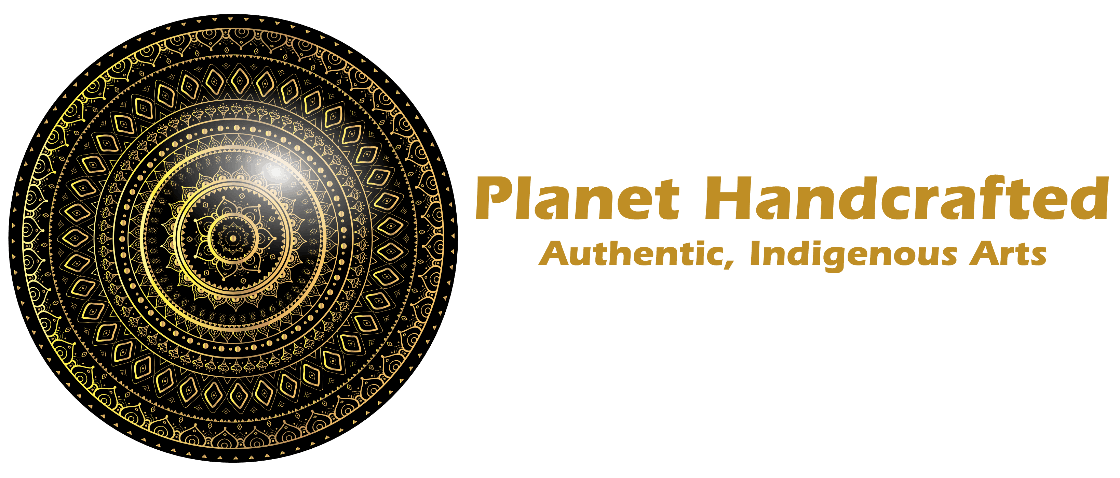

 USD
USD  GBP
GBP EUR
EUR AED
AED



